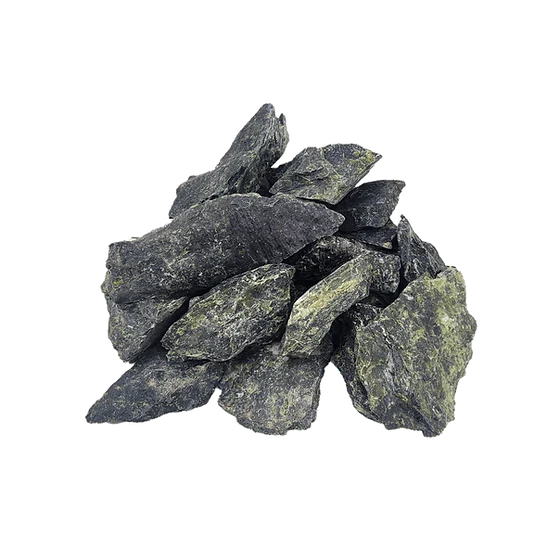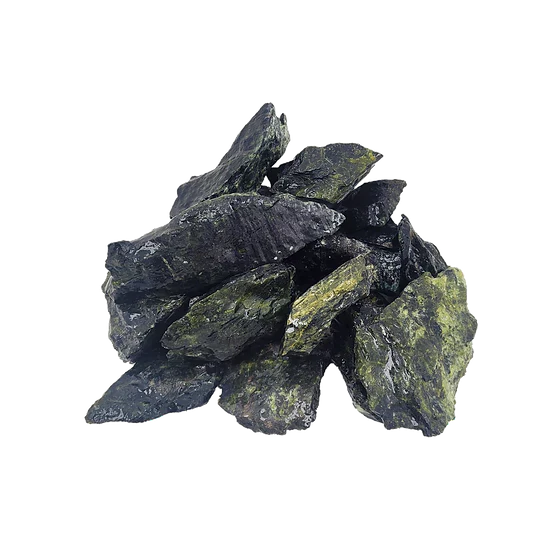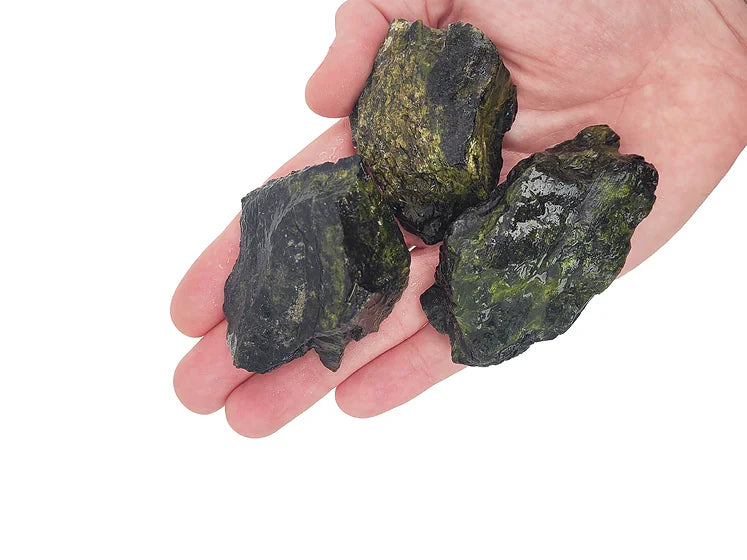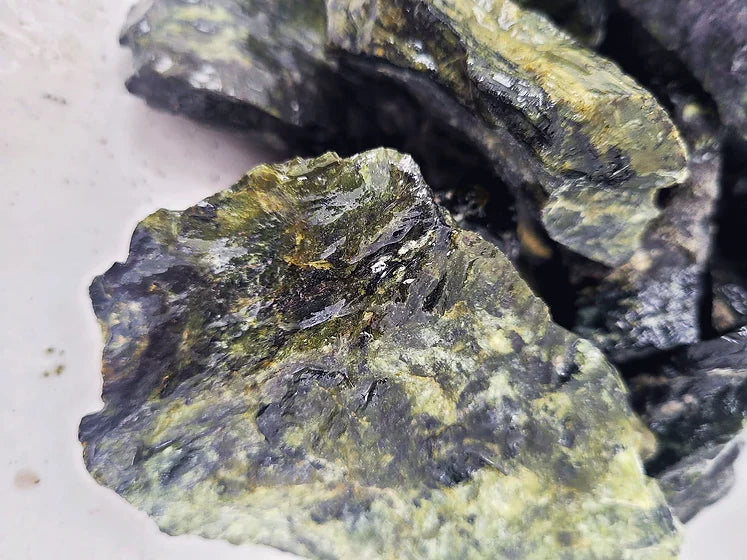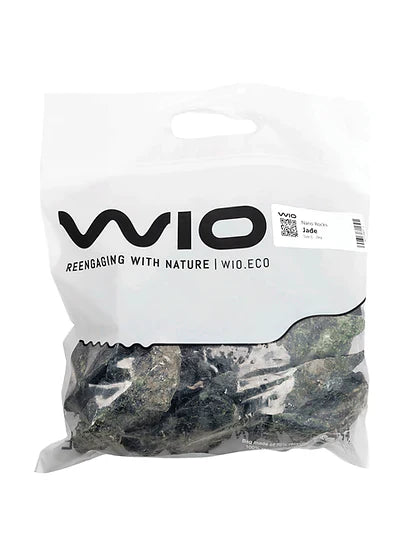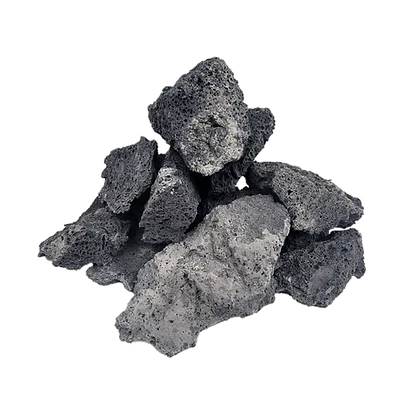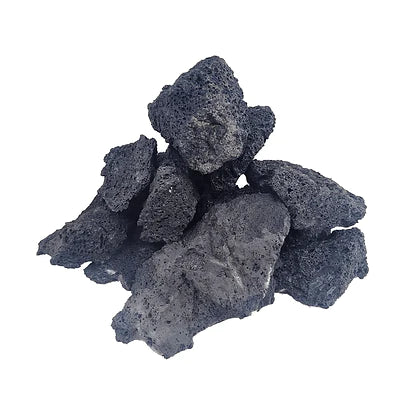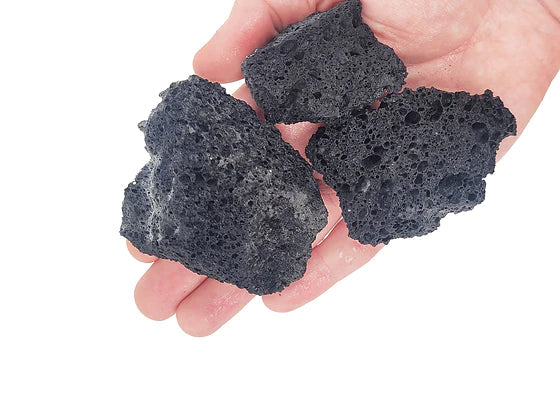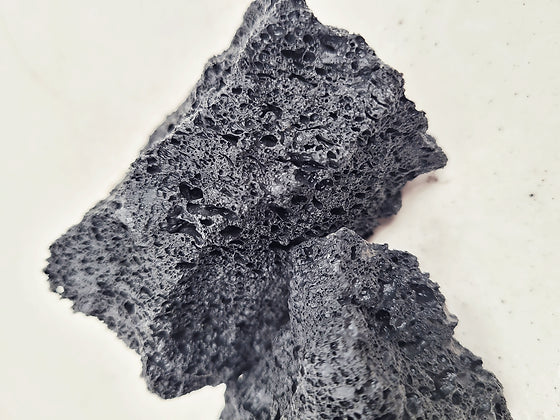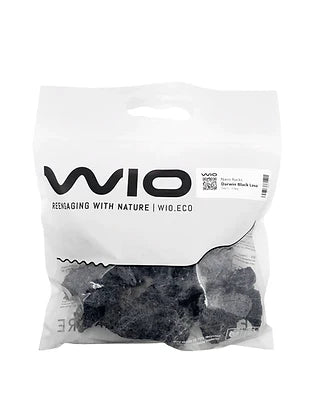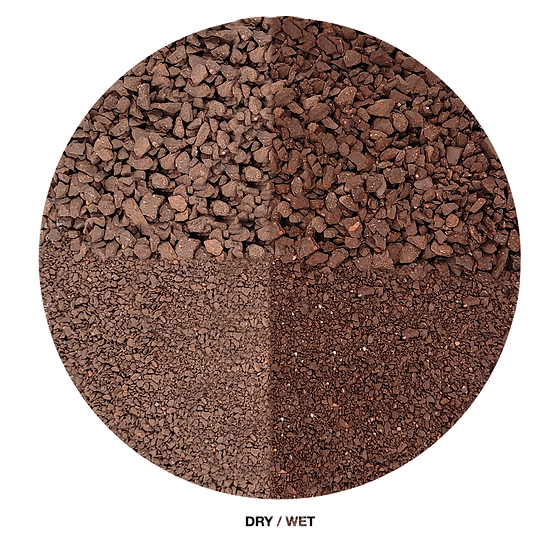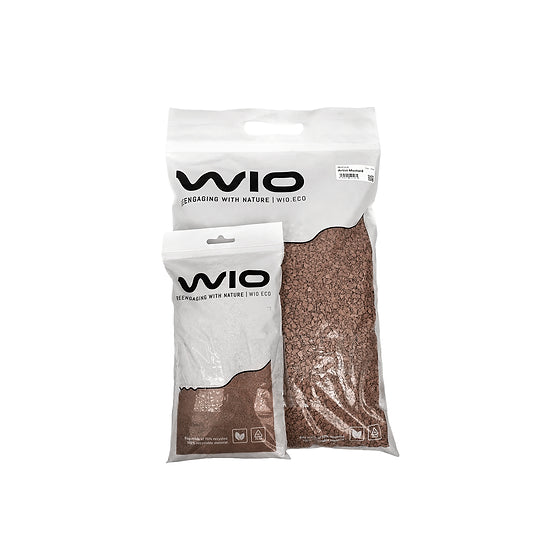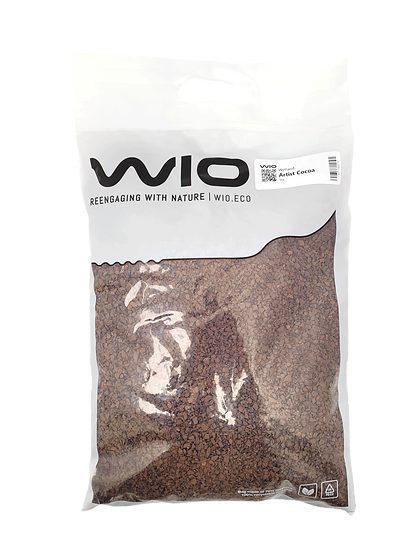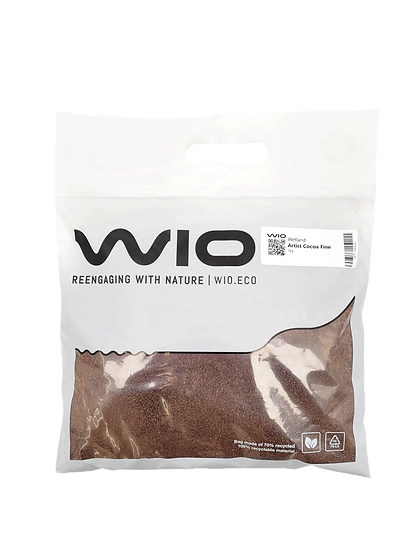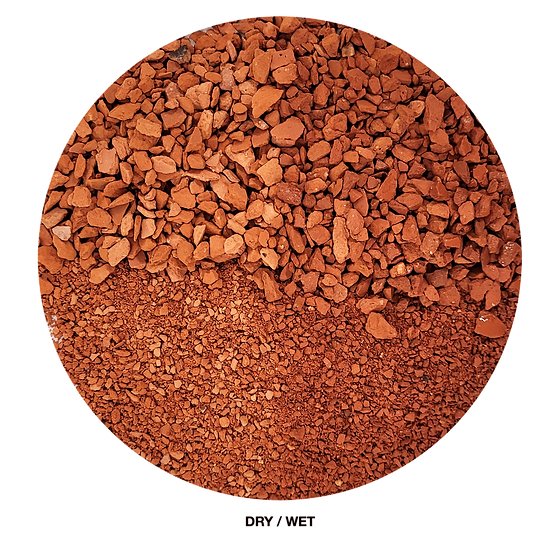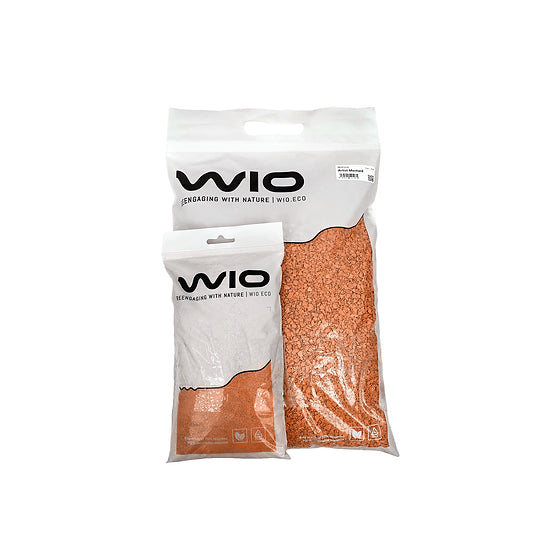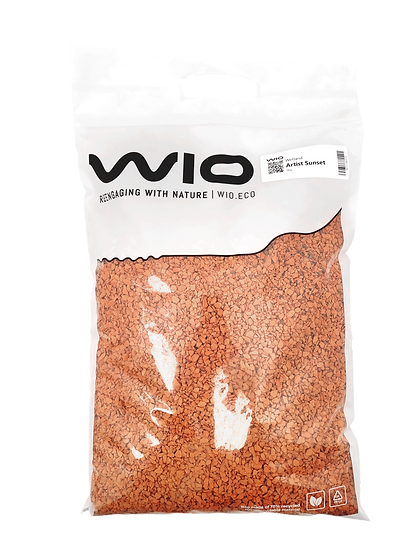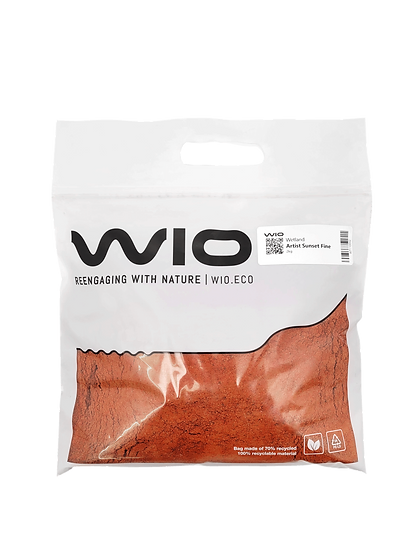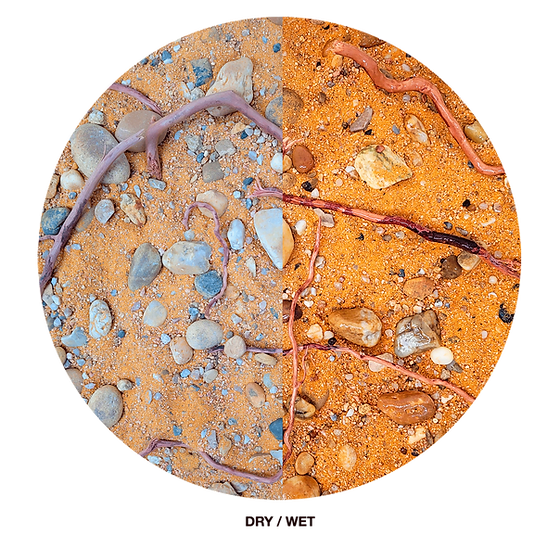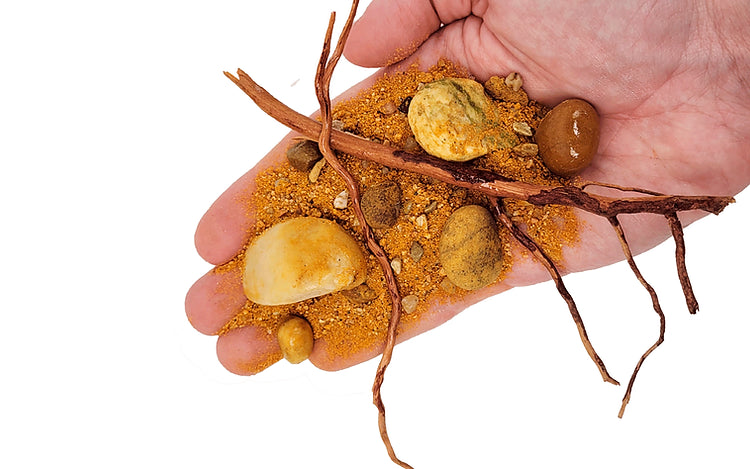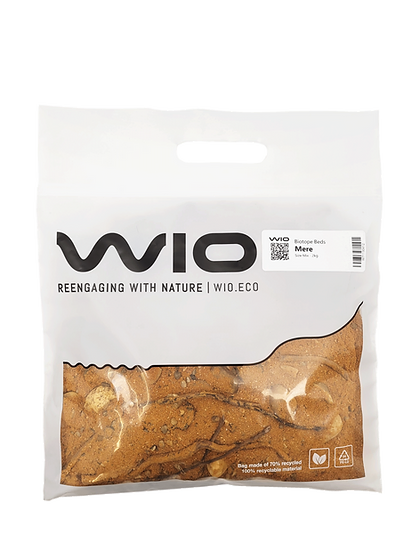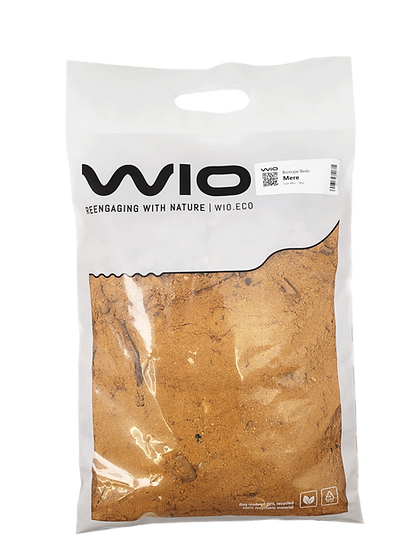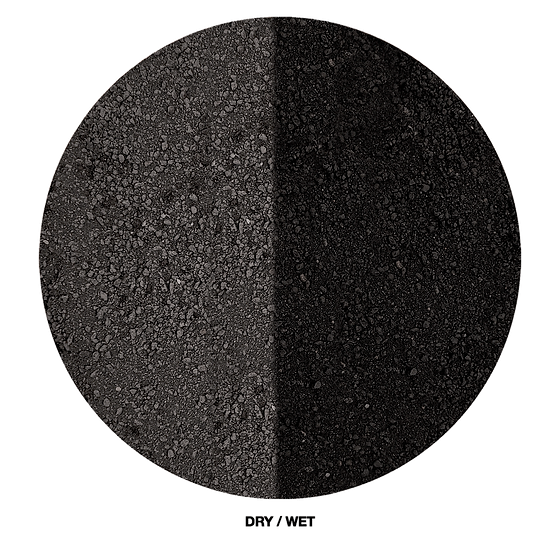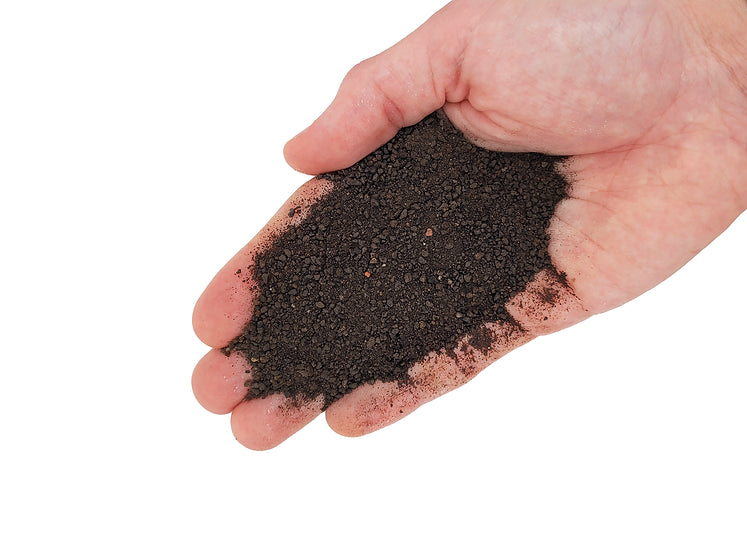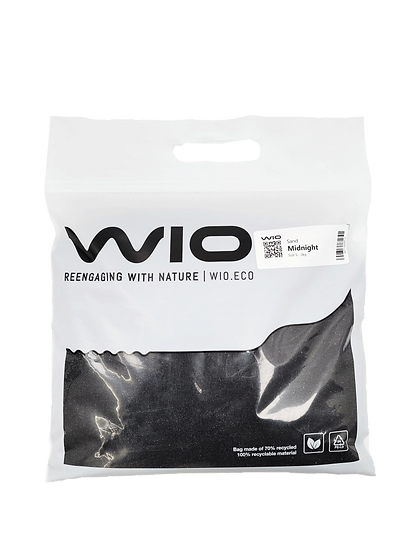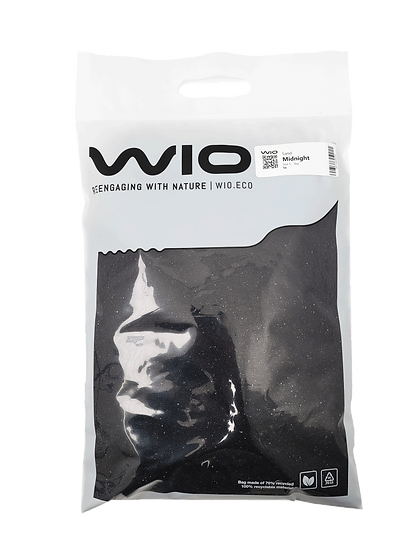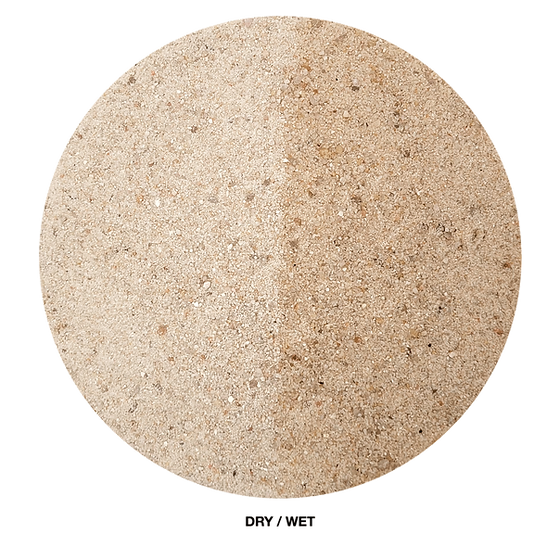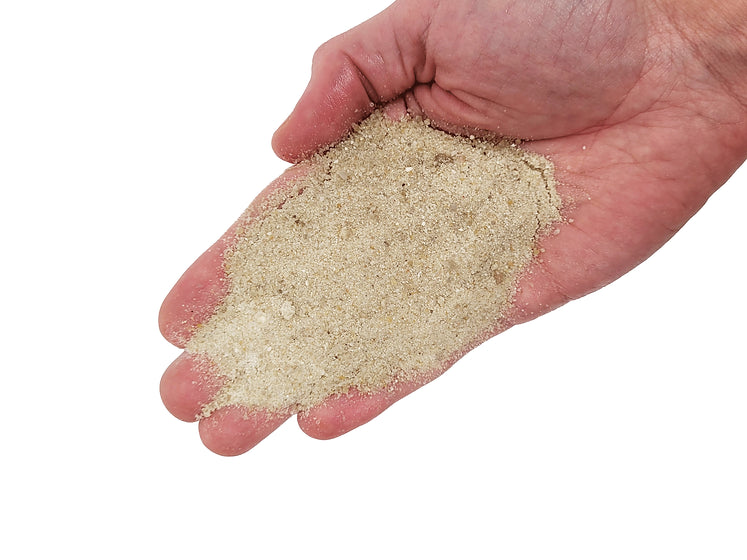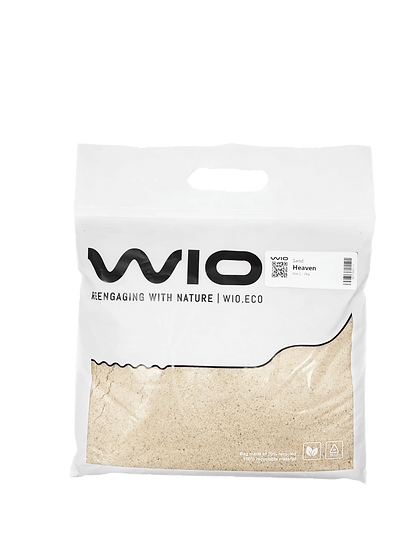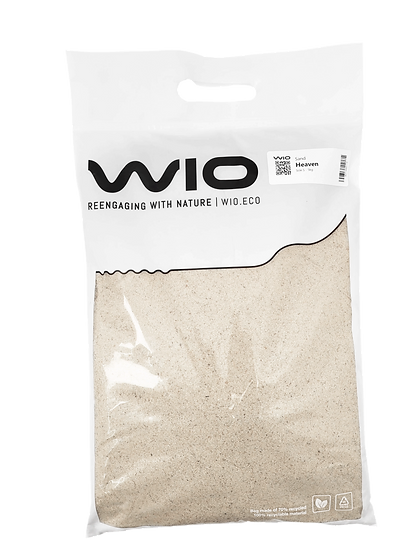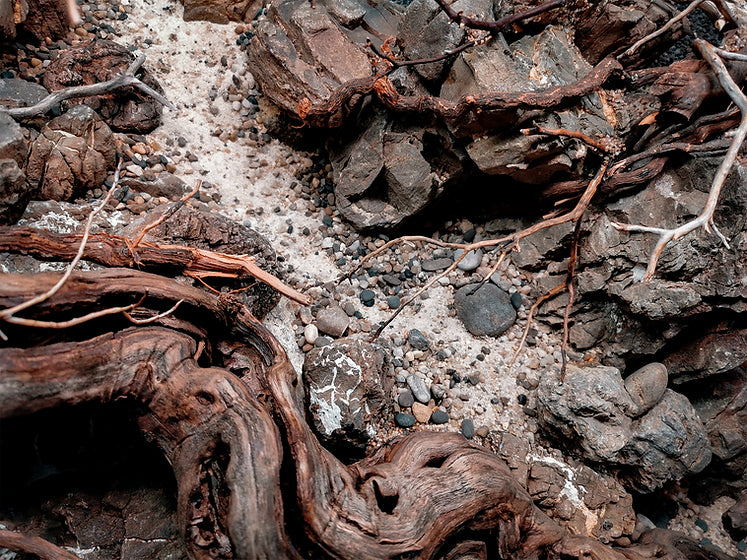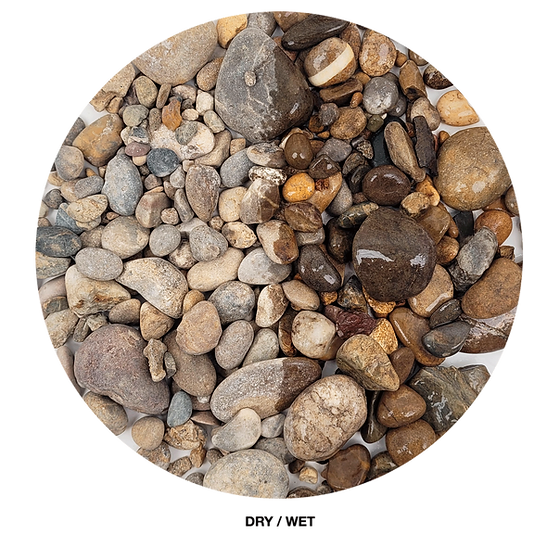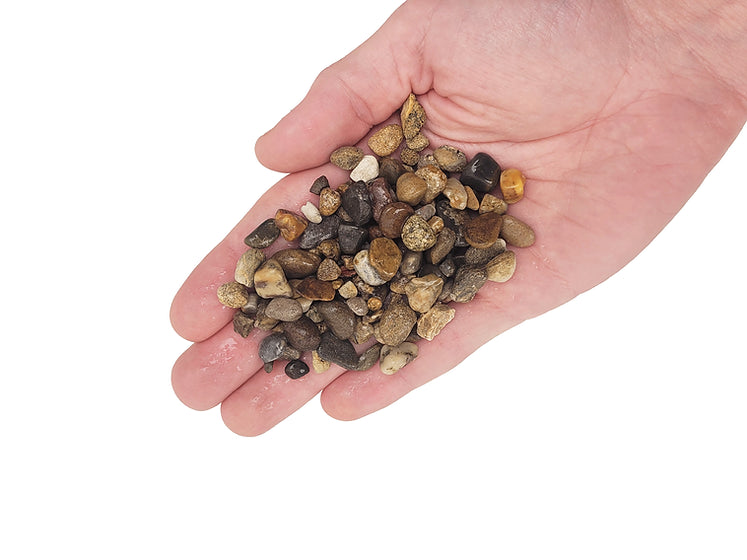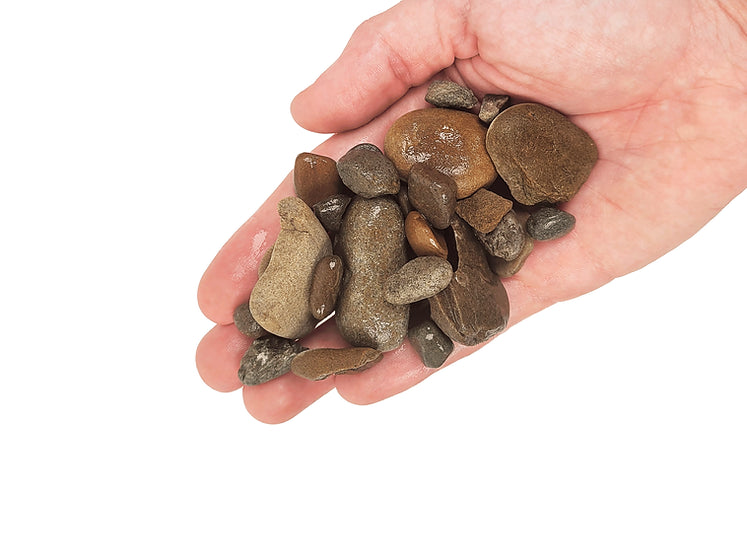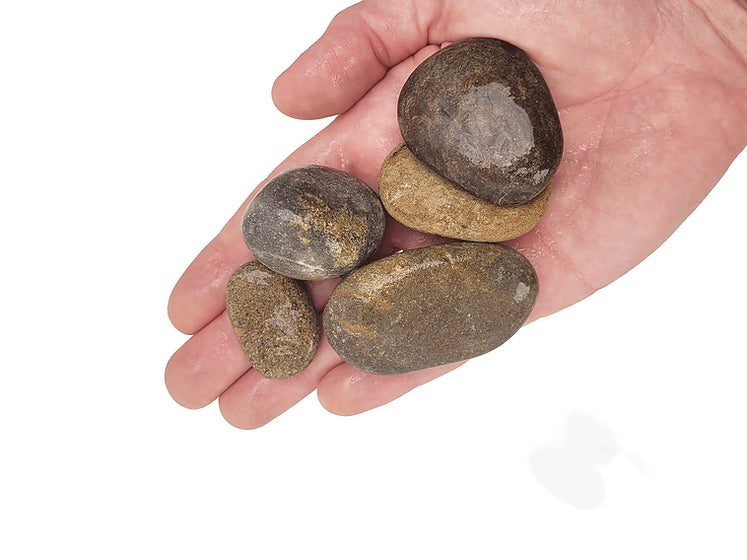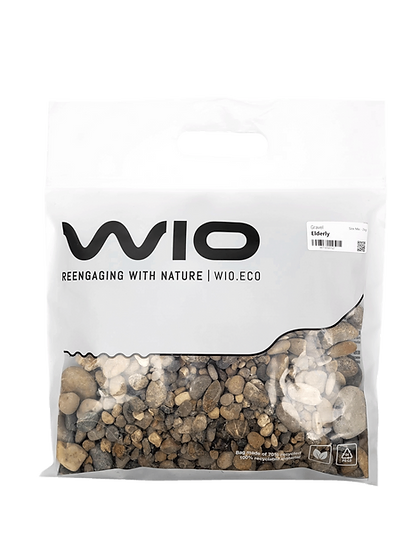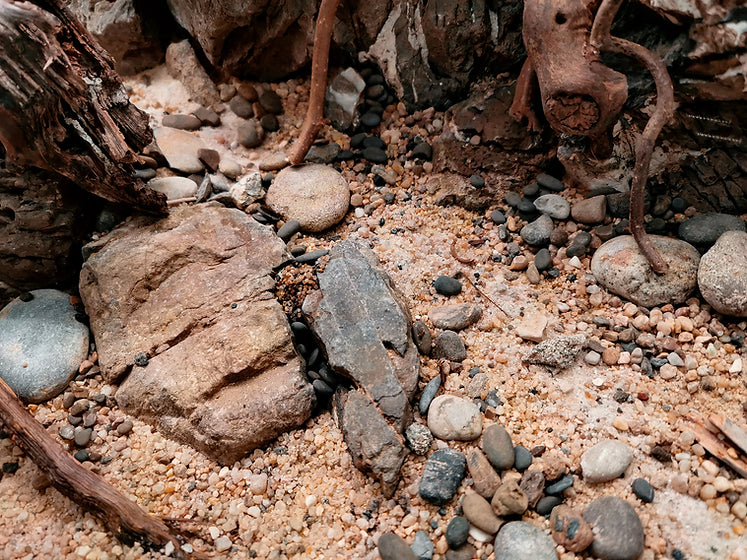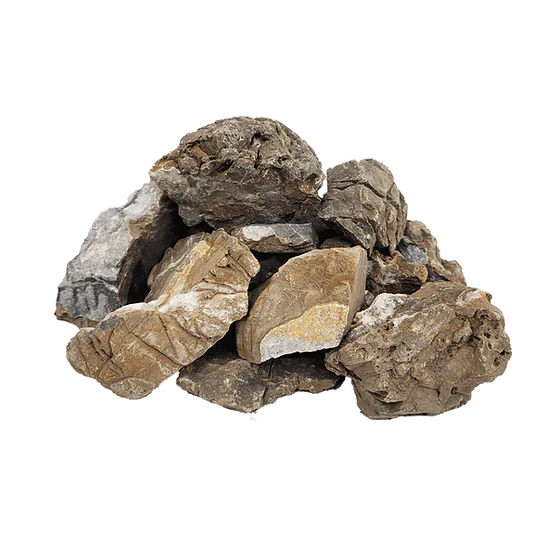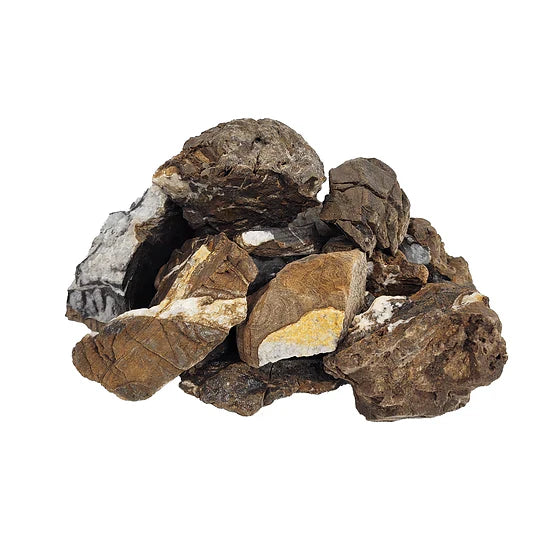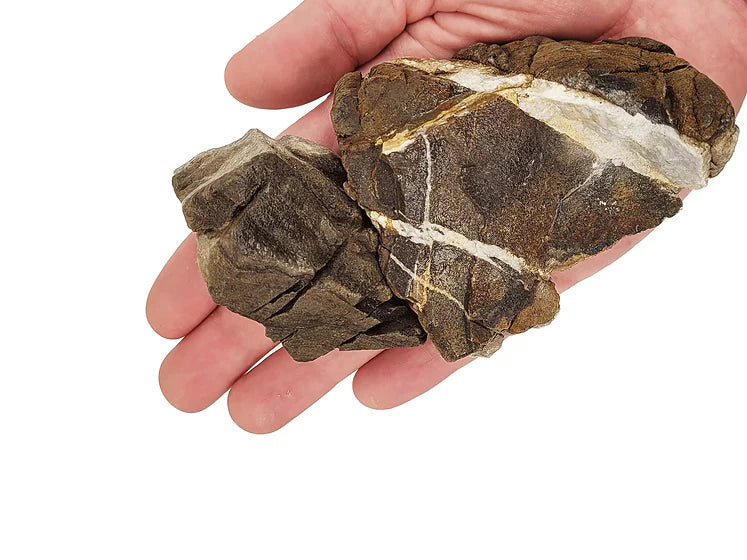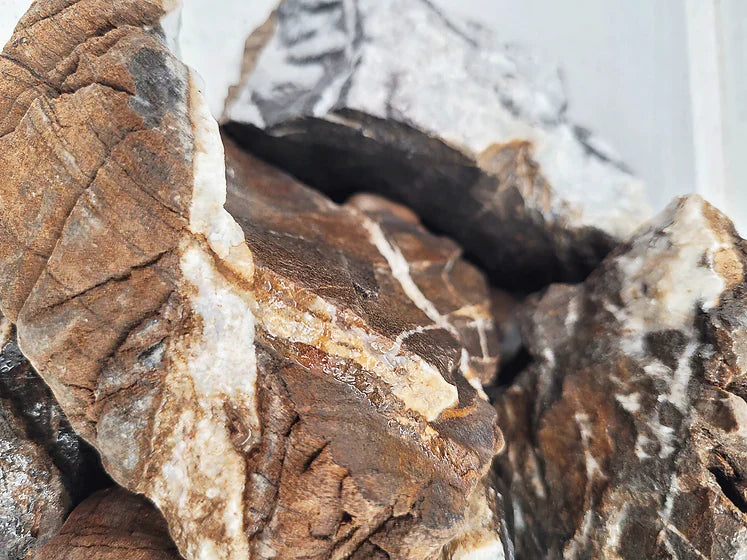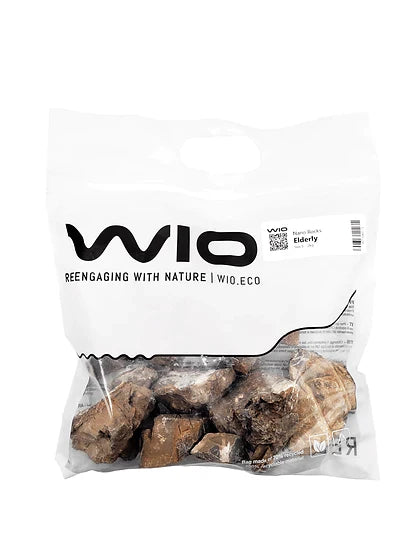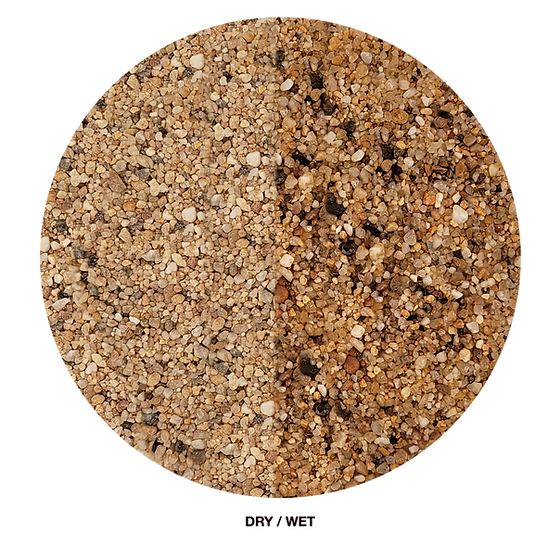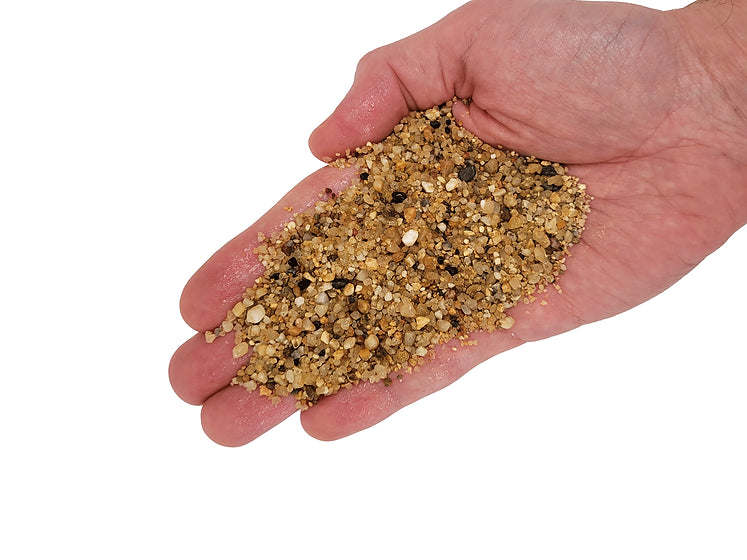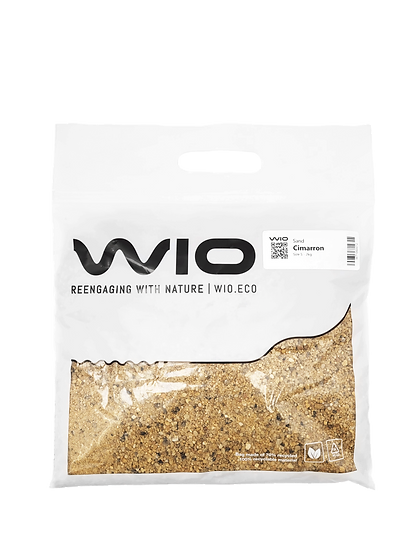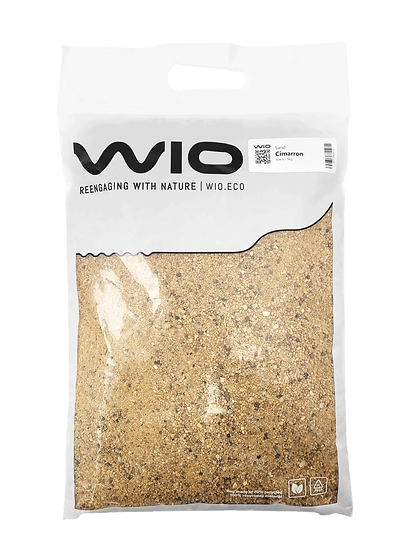Elderly stone is a highly sought-after stone, with a unique rugged texture and "cracking" pattern that adds character to any aquascape. Perfect for creating high rocky formations and for Iwagumi style.
-
Description
Elderly Stone is a top-selling and highly sought-after stone that is revered for its distinctive texture and striking "cracking" pattern. The stone's unique features, crafted by nature over time, include intricate cracks and crevices that resemble ice or snow, giving it a one-of-a-kind appearance.
The color of the stone ranges from brownish to grey, with larger pieces possessing a strong character that sets the atmosphere of the scape. The rugged texture and cracks create a sense of wabi-sabi, making it perfect for Iwagumi style and high rocky formations.
Elderly Stone can also be combined with wood to create a very natural look. Each piece is unique, making it a great choice for aquascaping enthusiasts looking to add character and personality to their aquarium or terrarium.
Elderly Stone may raise pH and hardness very little, making it ideal for aquarium setups with soft water species. Its versatility, uniqueness, and striking appearance make it a popular choice among hobbyists and professionals alike.
-
Key Points
-
Characteristics
-
Usage
- It can be used in both aquatic and terrarium environments.
- Rinse rocks and stones with water before use. Use a brush to clean it before introducing the stones in the aquarium.
- Avoid placing rocks directly on the glass as they can be very heavy and sharp. Instead, place substrate or our LandForms before placing the hardscape to help fix the exact stone position with more freedom.
- Always secure the stones, especially when placing one rock on top of another, you can do so with our ScapeBound, as the top rock may move or fall during regular maintenance, harming your dwellers or even breaking the aquarium.
- Position stones a few centimeters/inches away from aquarium glass walls to facilitate maintenance.
- Control any alterations in pH and kH by regular water changes with osmotic or soft water, or by using a water softener if necessary.
- Safe for fish, shrimps, and other aquatic animals





















